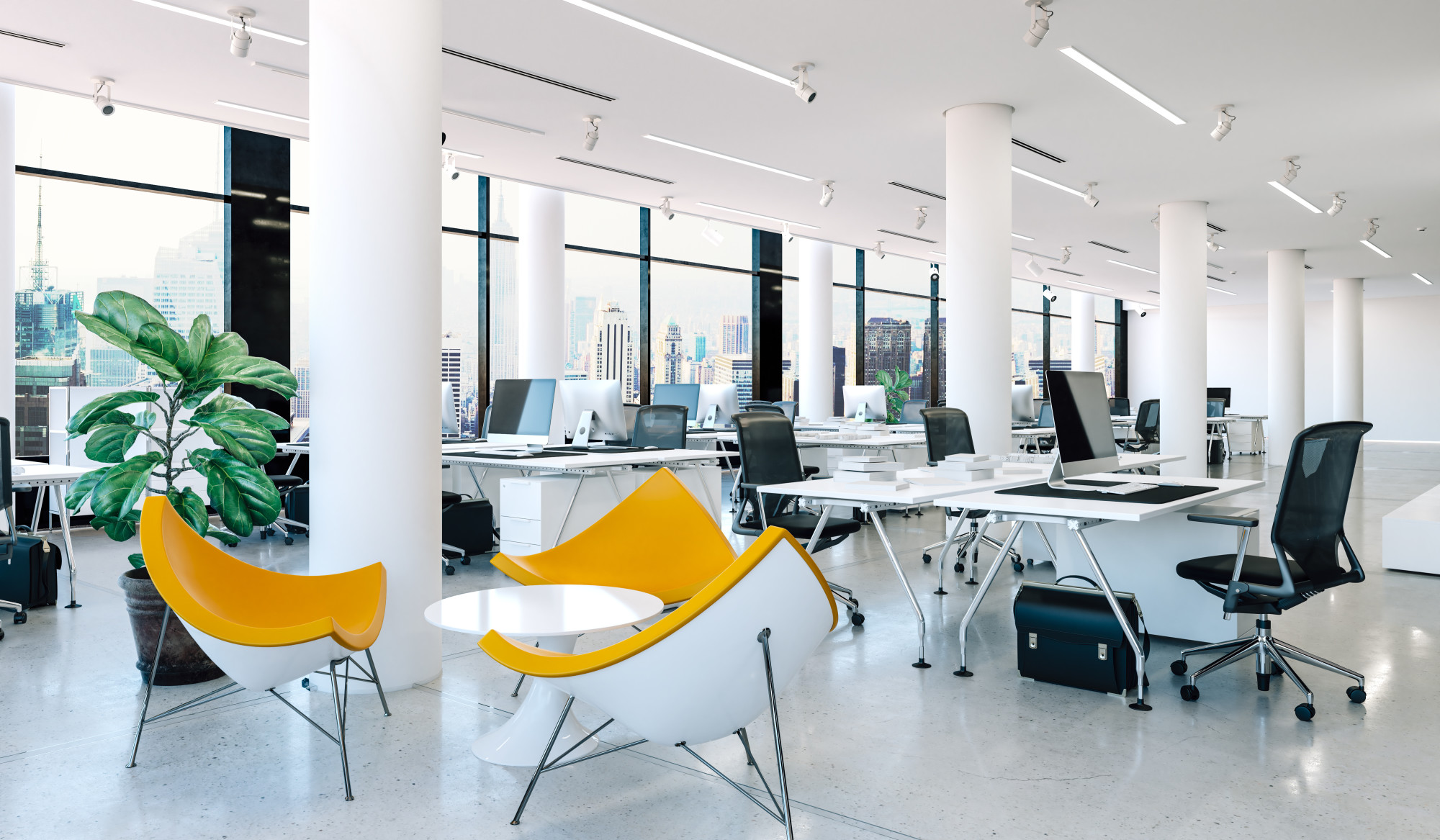
Savoring Your Space: The Importance of Office Interior Design
The average American works 9.4 hours a day.
Many of us spend more waking hours in the office than we do at home.
An inspiring office space should be functional, visually appealing, and comfortable. Cluttered, poorly designed spaces can affect people’s moods, attitudes, and productivity.
Some of the most important business decisions you can make are related to your office interior design.
Let’s take a look.
Types of Business
The design of your office gives visitors information on the type of business you run. An organized, pleasing, well-thought-out design tells a story of success and professionalism. It will inspire relaxed confidence in your employees and clients.
If your office gets disorganized, customers may come to believe the same of the company.
Millennials are now looking for a happier workplace culture more than they are financial perks. If you want to attract and retain the best employees, create an atmosphere where there is cleanliness, balance, and interest.
Your office space can tell visitors about the type of office you are working in.
A lawyer’s office, for example, may have clean lines and dark, sophisticated tones. A more creative office space may have lots of colors and unique designs.
Office Layouts
Your office layout will depend a great deal on the type of business that you run. Check out this link for some great ideas.
Many of today’s office spaces balance privacy and community sharing. The cubicle is becoming a thing of the past.
Consider separating workspaces with panels or dividers that can be removed. This can make people feel more comfortable and less “boxed in.” It may even increase productivity and efficiency.
Collaborative areas designed for employees to connect may include lounge areas, benches and tables, and cafe areas. The traditional conference room may be eliminated if these spaces are large enough. Seat people together who collaborate the most often, so they do not have to go far to exchange ideas.
If some of your workers need private spaces to make phone calls, make sure they have secluded areas equipped with the tools they need.
Your employees will likely need a balance between open and private spaces. This will allow them to collaborate and recharge when necessary.
Furniture
Traditional desks and chairs are also moving aside for more worker-friendly furniture.
The adjustable desk, for example, will allow a worker to shift their desk higher if they want to stand for part of the workday. This can work to reduce back pain and prevent weight gain. Many modern employees will appreciate a workspace that does not contribute to a sedentary lifestyle.
Consider interactive whiteboards that customers can use to write down ideas throughout the day. Technology has allowed for the development of multi-functional walls that can be written on directly. Plain, traditional wall space can be used for post-its.
Remember that office waiting rooms and board rooms are the first impressions that your company will make on visitors and clients. Office furniture in these spaces should be both comfortable and tidy.
Consider, for example, cushioned ergonomic office chairs and desks with charging stations. Your employees will not want to go far when they are in a flow and want to do their jobs well.
Colors
Neutral colors may make a small office space appear larger. They may not, however, be very inspirational in a creative environment.
Blues and greens may help your employees generate ideas. Red can help with energy and focus. Yellow can stimulate emotion and happiness.
Make sure that any secondary or tertiary colors you add to your scheme compliment your main design, and do not overwhelm it. You will want the office to exude a unique warmth and personality.
Lighting
You will want to focus on creating plenty of light to lift your workers’ spirits and encourage creativity. A dimly-lit workspace can be depressing, and it can make it more difficult for employees to see what they are doing.
Ambient lighting is the soft glow that covers your office space. It should not be harsh, as people’s eyes will begin to tire out. This is especially true in industries like writing and publishing, where employees are reading and writing for hours every day.
Recessed or track lights work well in office spaces because they can get brightened or dimmed, depending upon the time of day. They are also noticeable and orderly without being distracting.
Wall sconces can create homey sections of light at a variety of checkpoints throughout your workplace. They work well in collaborative settings.
Task lighting shines directly on those spaces where employees are reading, writing, or otherwise focused on their jobs. Table lamps and desk lamps are common in more private working sections.
Swingarm lamps will allow your employees to choose the amount of light that will shine directly on their work. They are lightweight and attractive.
Small wall lights can be used to highlight any works of art or message boards on the walls. Try to strike the right balance between drawing attention to these important spaces without overwhelming working eyes.
Temperature
The temperature in your workspace can also play a role in employee morale. If, for example, your workspace is too cold, your employees will not be likely to get too productive. This can also make them more prone to illness.
A workspace that is too warm can make employees listless. The ideal workspace is between sixty-eight and seventy-eight degrees Fahrenheit.
The Best Office Interior Design
Great office interior design will keep employees healthy, inspired, and balanced.
For more great workplace suggestions, bookmark this blog and check back often.
